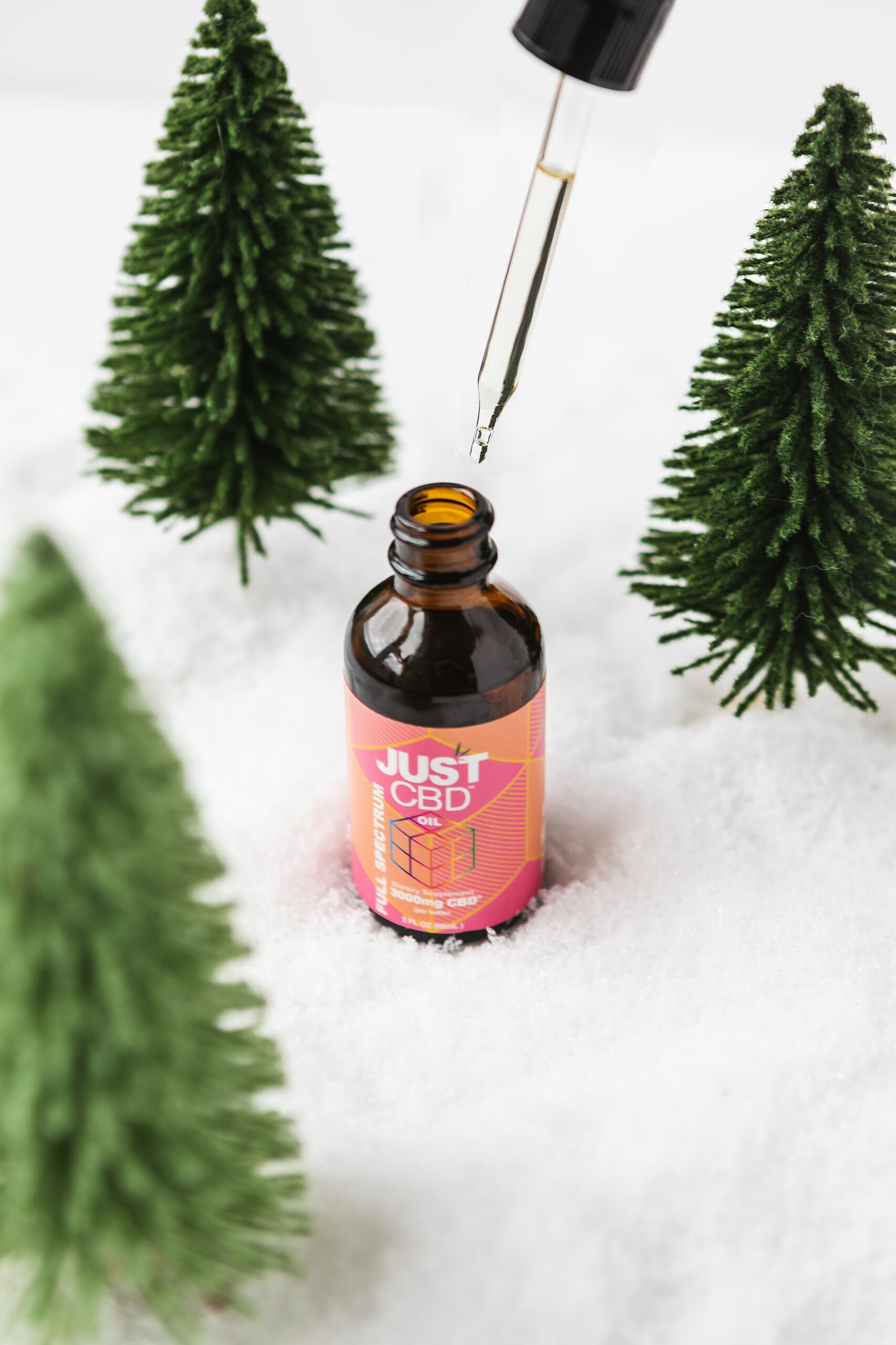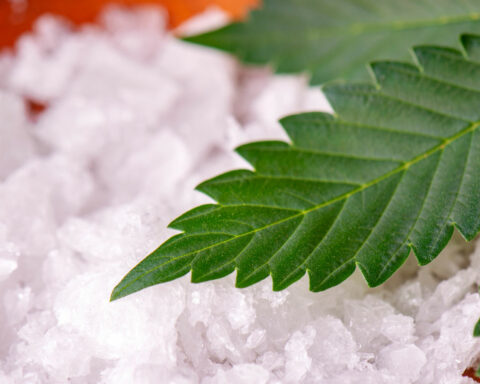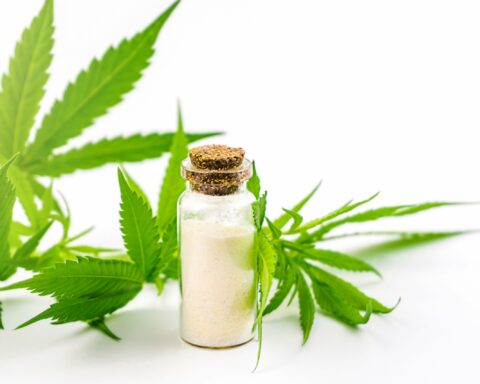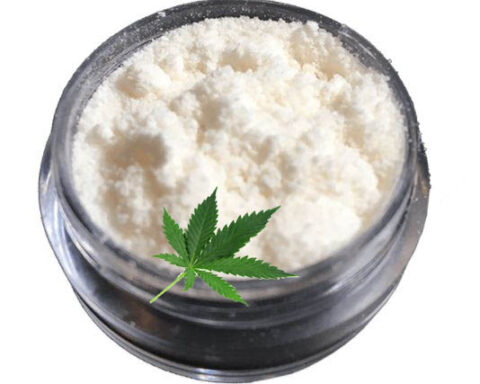The cannabis plant contains two primary elements; cannabidiol (CBD)and tetrahydrocannabinol (THC). Other relevant elements found in the cannabis plant include terpenes and flavonoids. The plant has been attached to various wellness benefits, which led to its legalization in the USA in 2018. According to multiple research, it is believed to have anti-inflammatory properties making it useful in regulating the function of the human body. Unlike CBD, attached to various benefits, THC has intoxicating effects, which leads to uncertainties concerning the plant. Also, it is believed to have a “high” effect. There are three types of CBD; isolate, broad-spectrum and full spectrum. Their difference is determined by the elements of the cannabis plant found in the plant.
Full Spectrum CBD
Full-spectrum CBD products include vapes, tinctures, capsules, topicals, gummies, and edibles. Pet products are among recent establishments of CBD products manufactured in full spectrum. These are CBD products manufactured using all the elements found in the plant; CBD, THC, terpenes, and flavonoids.
CBD
It is the most dominant chemical element found in the hemp plant. Studies believe that it helps in reducing pain, anxiety, stress, and depression, among various functions. However, more clinical trials are yet to be done on its significance. Also, the Food and Drugs Authority ( FDA) has not approved these functions. Studies from Atalay, et al. (2019)., link the element with clinical functions and also identify it to have anti-inflammatory properties making it useful for the human body. Different clinical studies have also associated it with therapeutic potentials, including stress relief. Unlike THC containing psychoactive properties, it is believed to be non-psychoactive, exerting pharmacological effects such as antioxidants. However, according to the FDA and various health organizations that have taken an interest in CBD, such as the World Health Organization (WHO), it has some side effects. They include diarrhea, dry mouth, reduced appetite, and fatigue. However, the effects are likely to occur when taken into access.
THC
This is the second dominant element found in the hemp plant. Its presence in the hemp plant was among the reasons why the legalization of its cultivation took time until 2018. It is commonly found in marijuana, unlike in the cannabis plant. The reason for the legalization of cannabis and not marijuana is that it has low THC levels (0.3%). Therefore, the FDA was mandated to affirm products from various CBD manufacturers to ensure levels are restricted to 0.3%. The levels are believed not to cause psychoactive effects. However, the legalization of CBD products was mandated at the state level. States that allow CBD products are also strict on THC levels below 0.3%.
Terpenes
These are the third most useful element found in the hemp plant. The plant contains about 150 terpenes. They are responsible for the natural smell and taste of the hemp plant. Terpenes are believed to work synergistically to improve the benefits of the hemp plant. Studies by Baron, E. P. (2018). show that terpenes contain various benefits, including reducing pain, migraine, and headaches, which face about 18% of the USA population. It also improves the anti-inflammatory effect. Unlike THC, it also has nothing to deal with psychoactive effects related to the cannabis plant.
Flavonoid
The cannabis plant has 20 flavonoids. Unlike terpenes, CBD, and THC, which are only found in cannabis, flavonoids are also in fruits, vegetables, and grains. They are believed to offer similar functions to those terpenes. They offer an entourage effect, offering more potential benefits such as anti-inflammation when working together with other elements of the hemp plant, such as terpenes and CBD.
For CBD products to be considered full-spectrum, they must have all these elements that serve a different purpose. Full-spectrum CBD is believed to be effective since various chemical compounds work together to offer an entourage effect.
Isolate CBD
Isolate CBD is a unique type of full-spectrum and broad spectrum which can be commonly related. It is the best option for those who wish to try CBD for the first time and want to avoid the psychoactive effects associated with THC. Isolate CBD products are made of pure CBD. To manufacture isolate products, manufacturers use various extraction methods to eliminate other elements of the hemp plant, including THC. It is void of terpenes, flavonoids, and THC. According to various research, some of the potential benefits include fighting inflammation. However, multiple studies have also associated it with various side effects, including mood, memory loss, and loss of appetite. Most importantly, isolate CBD is not void of THC completely but rather has minute levels that can’t be detected in a drug test; way lower than 0.3%. THC being the second dominant element of the cannabis plant, extracting it fully without leaving traces might be difficult.
The Difference between Isolate and Full Spectrum CBD
Full-spectrum offers an entourage effect due to the availability of all elements in the cannabis plant; terpenes, CBD, THC, and flavonoids. However, isolate CBD doesn’t have this potential since it is a pure form of CBD.
Isolate CBD offers fewer risks to the body than the full spectrum due to the psychoactive effects of THC, which is void in isolate CBD products. Therefore, full-spectrum CBD also offers more threat when taken in excess than isolate due to THC.
Conclusion
CBD products are common in the USA and legalized in 36 states. However, while going for topicals, vapes, tinctures, capsules, or gummies, pay attention to the suitable type of CBD. Full-spectrum CBD will offer all potential benefits associated with other elements found in the hemp plant, such as terpenes and flavonoids. However, it is likely to expose the user to the side effects associated with THC, such as red eyes and dry lips. Isolate CBD may be the best type for those who wish to avoid THC completely. It’s also recommended for novices and people who wish to benefit from CBD only. However, it is not a guarantee that one will evade THC completely. Being the second dominant element found in the hemp plant, extracting it fully might be not easy.
References
Atalay, S., Jarocka-Karpowicz, I., &Skrzydlewska, E. (2019). Antioxidative And Anti-Inflammatory Properties Of Cannabidiol. Antioxidants, 9(1), 21.
Baron, E. P. (2018). Medicinal Properties Of
Cannabinoids, Terpenes, And Flavonoids In Cannabis, And Benefits In Migraine, Headache,
And Pain: An Update On Current Evidence And Cannabis Science. Headache: The
Journal Of Head And Face Pain, 58(7),
1139-1186.
- Eye Spy: Worldwide Eye Color Percentages - April 19, 2024
- Elevate Energy, Soothe Stress, And Peak Performance with The New UNBEETABREW Coffee Sensation - September 21, 2023
- Chef Bob’s Coffee: A Journey Fueled by Passion - July 29, 2023









